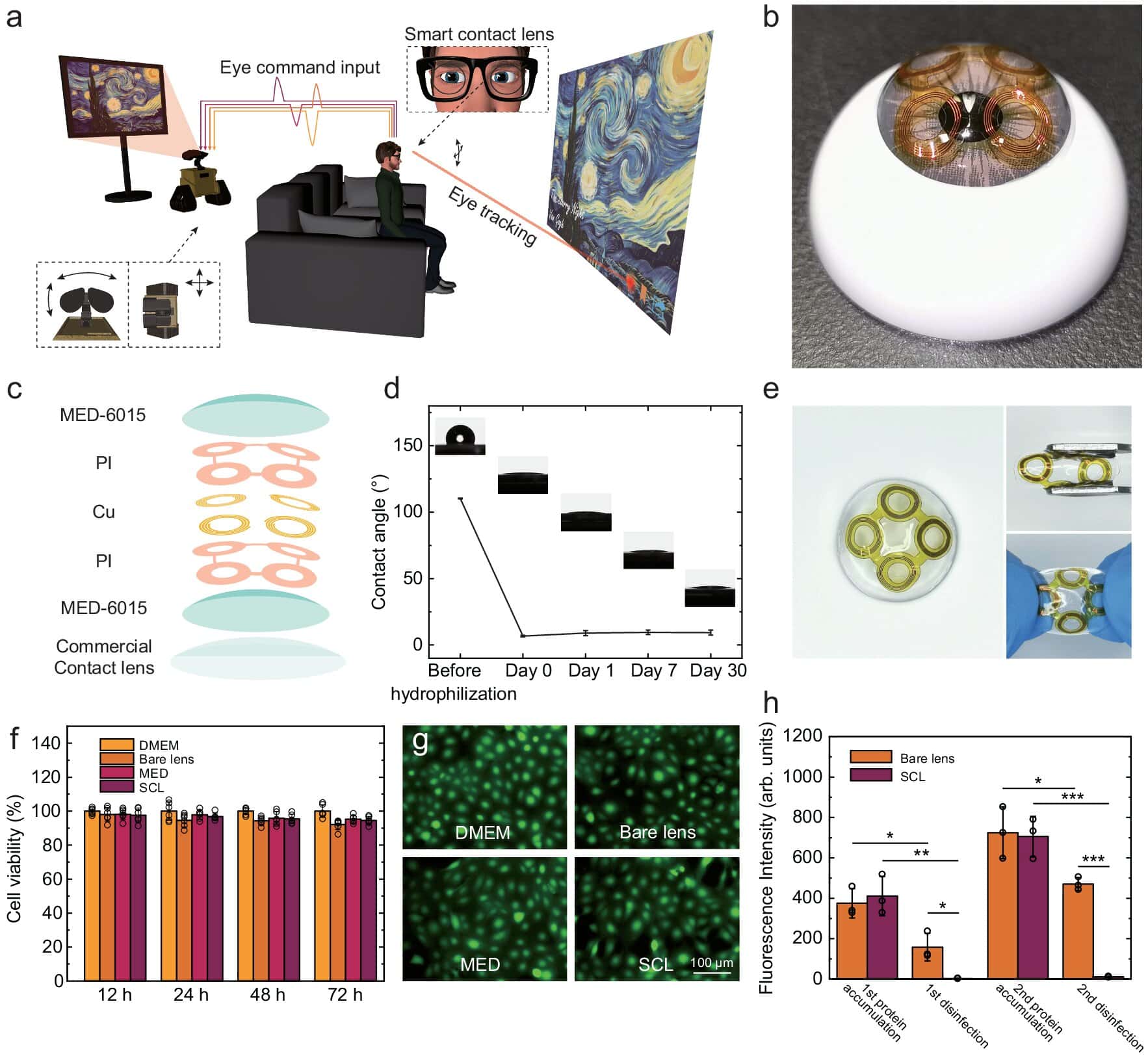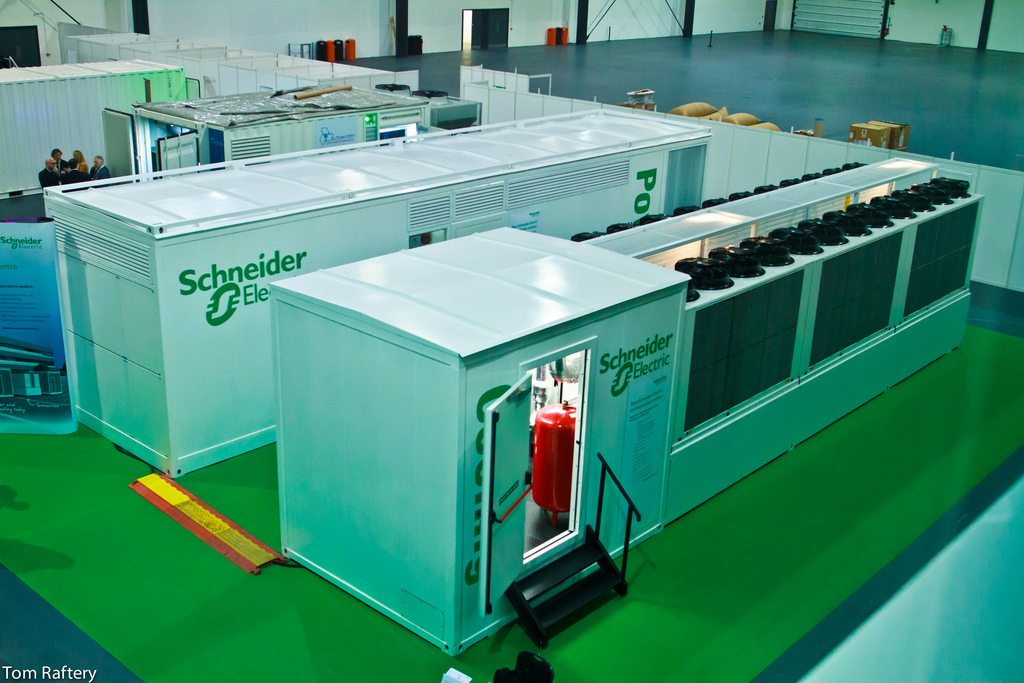//php echo do_shortcode(‘[responsivevoice_button voice=”US English Male” buttontext=”Listen to Post”]’) ?>
With the pace at which artificial intelligence (AI) and machine learning (ML) applications are ramping up, we can expect to see industries and companies use these systems and tools in everyday processes. As these data-intensive applications continue to grow in complexity, the demand for high-speed transmission and efficient communication between computing units becomes paramount.
This need has sparked interest in optical interconnects, particularly in the context of short-reach connections between XPUs (CPUs, GPUs and memory). Silicon photonics is emerging as a promising technology that improves performance, cost-efficiency and thermal-management capabilities that ultimately improve the function of AI/ML applications compared with traditional approaches.
Advantages of silicon photonics in AI
Interconnects play a critical and specialized role in managing the growing demand of AI/ML applications across industries. These components need to exchange data quickly and consume as little power as possible while maintaining high computational density. Silicon photonics allows for better communication between computing units, such as CPUs and GPUs. Memory units can also be improved to increase computational power and efficiency in AI applications.

Laser integration is critical to enable the generation, modulation and manipulation of light signals into various systems. But it has long been a challenge in silicon photonics.
Here come on-chip optical interconnects
To keep pace with market demands, companies have begun investing in on-chip optical interconnects to achieve scalability capabilities from one laser to hundreds, surpassing challenges posed by traditional electrical interconnects.
Short-reach optical interconnects using silicon photonics tech provide a solution by enabling high-speed data transfer with low power consumption and improved thermal efficiency (pj/bit). This is important to reduce heat generation and keep the system running efficiently.
Moreover, the integration of silicon photonics enables the creation of smaller and more densely packed photonic integrated circuits (PiCs), facilitating high-density bandwidth connections critical for AI/ML workloads. Heterogeneous integration allows for a more efficient connection between the laser and the waveguide, resulting in better coupling and reduced power consumption. Additionally, with the development of new lasers, improved thermal efficiency, as well as scalability in the number of channels and potential number of wavelengths per channel, are achieved.
Overcoming challenges of high-density bandwidth connections
Traditional silicon photonics and similar technologies cannot effectively meet the increasing demands of products in terms of performance and cost.
In the case of backend manufacturing, companies can save a substantial amount on operational expenditure and capital expenses without having to use lasers that are externally coupled to passive-based silicon photonics chips By using a larger number of channels per square inch of silicon and combining different active components together, it’s possible to use less power and significantly increase in aggregate bandwidth per PIC.
Silicon photonics allows the use of short-range optical interconnects to efficiently transfer data over relatively short distances within AI/ML applications. In situations where AI applications are used, like natural language processing, image recognition and autonomous driving, large datasets are processed and analyzed in real-time.
Transmitting data quickly and efficiently is essential for real-time decision-making and optimal system performance. Silicon photonics, with its ability to provide high-speed data transmission and efficient communication between components, contributes to the overall effectiveness and performance of AI systems in these domains.
By leveraging silicon photonics technology, companies are able to optimize their AI/ML systems and unlock greater computational capabilities to achieve more accurate and responsive results.
The future of silicon photonics in AI
The road ahead is promising. With the potential to revolutionize AI algorithms and further advance the capabilities of AI systems, using silicon photonics in AI enables the development of smarter systems that can tackle complex tasks with improved performance and efficiency.
As architects further evolve AI networks, silicon photonics alongside heterogeneous integration will transform the switching layer, replacing traditional packet switching. This will enable lower latency and lower power consumption at the interconnect density needed.
I believe silicon photonics will be a game-changing tech for the future of AI/ML systems, offering significant advantages compared with traditional electrical signal solutions. This in turn can push the boundaries of what is possible in the field of AI.







